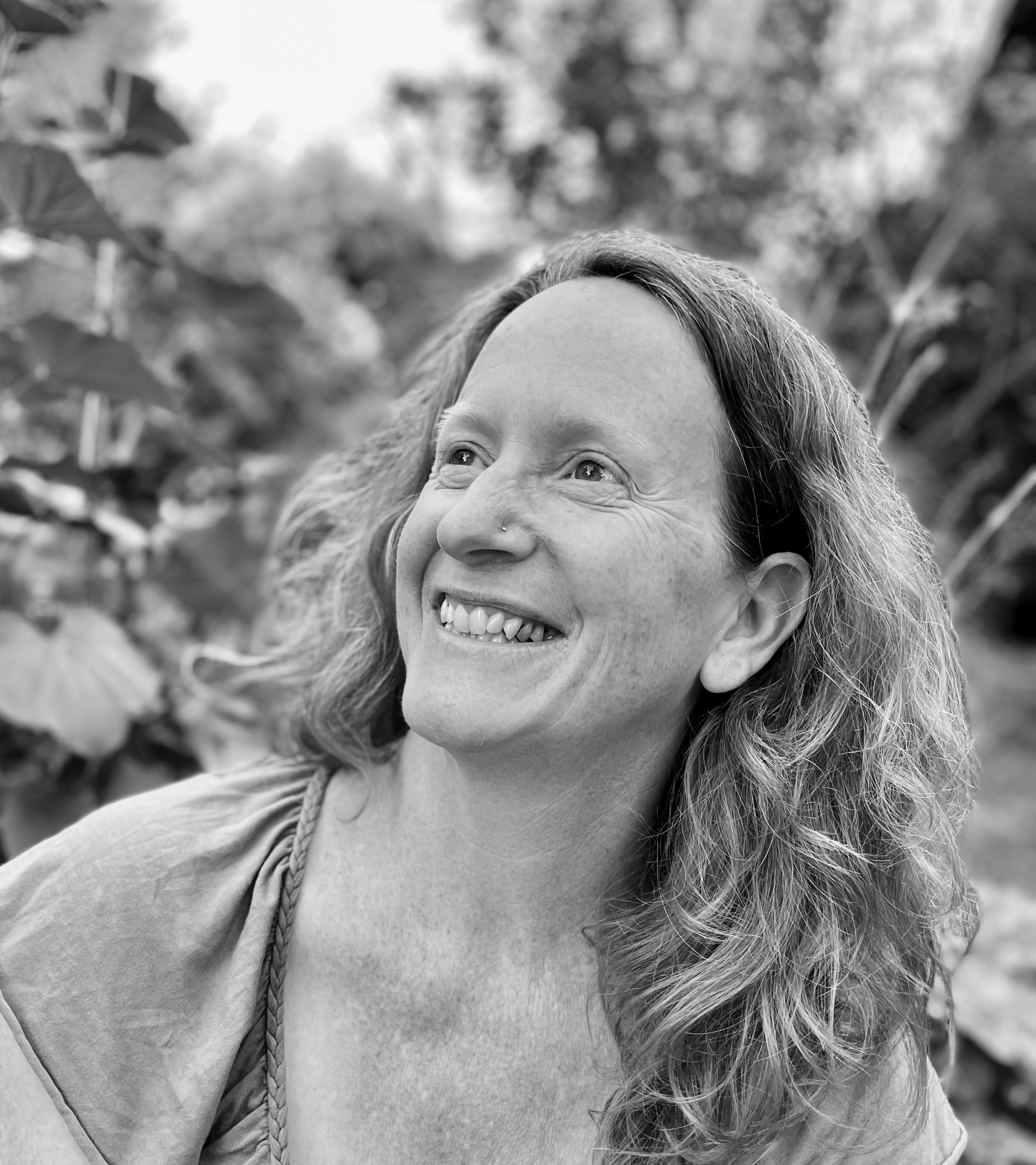As a socially engaged artist my works span a range of subjects, collaborators, sites and material. In recent years I have been exploring notions of sanctity, what my ancestral Jewish tradition calls kedusha / קדושה. Inquiries into the relational and material aspects of kedusha question the moment at which an object transitions from mundane to sacred, what facilitates that transition, what the human role is in this moment, and what the responsibility or, in some instances, the culpability may be. My performative practice as a Torah scribe - one of only a few women in the world to have trained and to do this work - takes shape as durational performance where gender normativity, access to knowledge, tradition and notions of kedusha are challenged. Moving within this context from performativity to the material, I explore the ethical integrity of creating sacred Jewish material for my scribal performance and that of my colleagues. Inquiring into the practices of contemporary parchment production for Hebrew scribes, I work with soil artists (some would call themselves sheep herders), שוחטים / ritual slaughterers, and craftspeople (many non-Jewish) to rethink the sacred in this material production for stated sacred purposes. I am specifically interested in relationality - land, animal and product - as we consider how the most sacred object of the Jewish people, the Torah, is made. To this end I pose a turnkey question: “How does the Jewish community reconcile the par between the sanctity of our most holy texts and the inhumane treatment of the animals upon whose backs we are literally inscribing them?” Here I am dually concerned with the interrelationship of all beings - human, plant and animal - in the “production” and claiming of kedusha. This work, like many others in my practice, is at once an interruption of gender performance and a complicating of tradition through liberatory practice.
As with my scribal and parchment work, I am occupied in other works with the intersection of normative authority structures and public agency. In these works, I aim to redistribute agency from a small group of gatekeepers to the public realm. I consider; What are the bodies of knowledge we uphold as a public or organized community? Who builds these bodies of knowledge? And how does this become canonized? Works of mine like Women of the Book, Citizen | 100, the Greensboro Contemporary Jewish Museum and The Gugenheim Portland ask; What might these bodies of knowledge look like or how might they be experienced, expressed or collected when shaped by the public or other marginalized voices? Women of the Book invites Jewish women, who have been excluded from the canon of text interpretation, to create visual commentary on the core narrative of the Jewish people, the Torah - the most widely interpreted text in Jewish history. Citizen | 100 invites the public to rewrite the U.S. naturalization exam by inviting reconstructed questions from the public that are relevant to their own sense of citizenry. And the Greensboro Contemporary Jewish Museum frames Institution as an artwork, centering the Jewish community of Greensboro as curators and collaborators for the Museum by asking; What can serve as an emerging model of a contemporary Jewish museum in the United States today? How can small Jewish communities throughout the southern United States claim the same cultural agency to create a Jewish museum as that of their more metropolitan counterparts in San Francisco, New York or Los Angeles? What would be housed in this museum? What could this museum offer to the discourse on contemporary Jewish life? By sharing an object that is significant to them as a Jew, the Greensboro Jewish public reimagines the traditional Jewish and secular view of sacred religious art or what art is at all. And in a final example, addressing many of these questions being asked, is The Gugenheim Portland situated in my family home in NE Portland. In this space, marked by a sign in the front window, I claim the cultural capital of the name “Gug(g)enheim,” and obscure it by contextualizing and relating to our inhabited family space amongst the Guggenheim Museums worldwide.
As in situating Institutions as artworks, I consider curatorial and administrative practice as art an important part of my art practice. As the Founding Artist and Director of two artist residencies for Jewish artists, and throughout my practice, I aim to create an environment of care and support for Jewish artists to emerge in an increasingly antisemitic environment in the US, as bearers of culture, keepers of knowledge and emergent creative strategists bringing artistic reflections upon lived Jewish experience, practice and concerns into the 21st century discourse on identity, art, ritual, culture and race.
